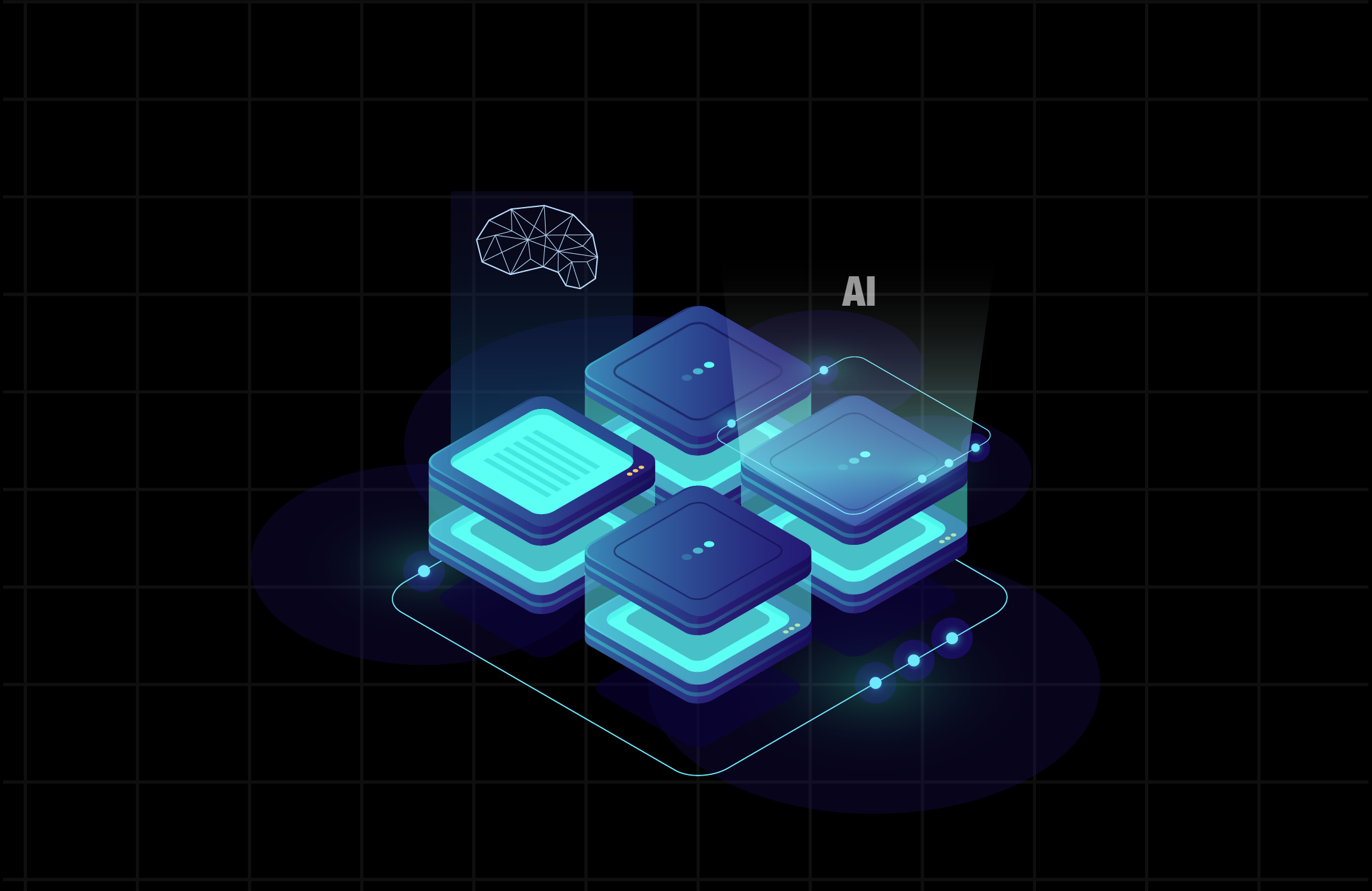You’ve undoubtedly heard a lot of talk about artificial intelligence (AI) and blockchain. It’s no secret that both technologies are causing waves in a variety of industries. However, what occurs when these two revolutionary figures collaborate? Warning: it’s quite thrilling! Like any great partnership, though, it has its share of struggles. Let’s look over some of the roadblocks and delve into the elements that render the marriage of blockchain technology and artificial intelligence so potent.
What Exactly Are AI and Blockchain?
Let’s quickly review the main features of these technologies.
Blockchain can be compared to a shared digital notebook where entries are entered and cannot be altered once made. It is decentralised, which means that no one person is in charge of it. For tracking transactions, contracts, or even supply chains, blockchain’s catastrophic confidentiality and dependability make it a great choice.
Contrarily, artificial intelligence (AI) aims to create intelligent machines. AI is capable of decision-making, studying from data, and even outcome prediction—sort of like human beings, though at times much faster and with far more data. It’s that which drives your preferred conversation assistant, suggests illustrates to binge watch next, and even aids in medical diagnosis.
In What Ways Do AI and Blockchain Interact?
You get more than the sum of its parts when you combine blockchain technology and artificial intelligence. This demonstrates how they enhance one another:
1. Securing Data
AI needs tons of data to work its magic. nevertheless great data also comes with great responsibility, particularly with regard to data security. Here’s what blockchain comes into play, providing an unchangeable, safe method of storing data. Think of your health records being examined by AI to provide more effective care. Should that data be kept on a blockchain, it will be impenetrable to hackers and unchangeable. This gives the machine learning’s suggestions more credibility.
2. Adding Transparency
Though you always know AI is operating, you may not always understand how it makes decisions. This can make AI feel at times like a mysterious black box. In particular, while those choices affect your finances or even the course of the law, this can be a little unsettling. Blockchain can assist by offering an open archive of all the information and choices the AI makes. It resembles a trail of crumbs of food that highlights the precise steps taken by the AI in getting to its conclusions. AI systems can gain more trust when they are transparent in this way.
3. Spreading Out AI Power
Right now, big companies with huge resources are leading the AI charge. This centralization can lead to biases and a lot of control in a few hands. Blockchain provides a means of dispersing AI development due to its decentralised its structure. Imagine an atmosphere in which a global network of innovators develops AI, rather than just a select few. More varied as well as less prejudiced AI systems might emerge from this.
4. Facilitating the Exchange of Data
AI is driven by data but data sharing across organizations is frequently challenging. There are ownership disputes, privacy concerns, and a tonne of bureaucracy. With the use of smart contracts—self-executing agreements with the terms encoded directly into the code—Blockchain can simplify this. By automating data sharing and ensuring that it only occurs when all requirements are satisfied, these contracts can ensure security. Collaboration is facilitated and accelerated by this.
The Challenges: What’s Holding Us Back?
As with any powerful combo, there are challenges to consider. Here’s what needs to be tackled:
1.Facilitating the Exchange of Data
AI is centered around data, but data sharing across organizations is frequently challenging. There are ownership disputes, privacy concerns, and a tonne of bureaucracy. Smart contracts, which are self-executing contracts with the terms encoded directly into the code, are a way that blockchain can simplify this. By automating data sharing and ensuring that it only occurs when all requirements are satisfied, these contracts can ensure security. Collaboration is facilitated and taken by this.
2. Integrating Transparency and Privacy
Transparency is one of the best aspects of blockchain technology, but it can sometimes conflict with the need for privacy, particularly when dealing with sensitive data. Data is permanently stored on a digital ledger, which might be an issue if privacy laws consumer that data be deleted. While AI requires data to learn, privacy must also be respected. Achieving an optimal balance between privacy and honesty is a difficult task.
3. Making Them Play Nice
It’s not easy to integrate AI and blockchain. Since they are based on different ideas, it is difficult to make them function well together. New guidelines and resources will be needed to make sure they can communicate effectively.
4. Ethical Concerns
As blockchain processes increasingly important data and AI grows more potent, moral dilemmas will surface. If an AI decision is made incorrectly, who is accountable? How can we make sure blockchain technology isn’t applied unethically?The importance of addressing these moral quandaries increases with the advancement of technology.
What’s Next for Blockchain and AI?
We can create robust and dependable systems by fusing blockchain technology’s security and integrity with artificial intelligence’s capacity for learning and decision-making. Among the most fascinating technological developments of our era is this one.
But it’s evident that this adventure is only getting started. To fully utilise this combination, a few major problems like scalability, privacy, and ethical considerations must be resolved. Businesses and government agencies working together to establish the standards and frameworks necessary for these technologies to exist alongside one another will be necessary.
Watching how blockchain and AI develop separately and together will be interesting to watch as time goes on. The opportunities are numerous, whether they are in governance, healthcare, or finance. How successfully we can combine these two potent instruments will undoubtedly impact the direction of technology in future generations, and that direction is full of immense potential.
DISCLAIMER : Crypto products and NFTs are unregulated and can be highly risky. There may be no regulatory recourse for any loss from such transactions.

